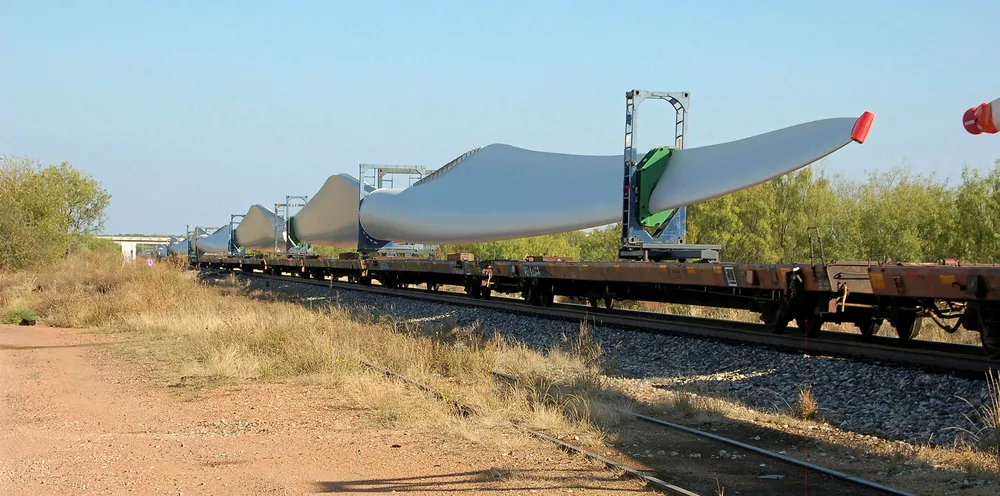‘High probability’ US to add 43GW of wind and solar by 2022: FERC
Federal Energy Regulatory Commission sees 27.1GW of new wind power and 16.3GW of utility-scale solar added in next three years

There is a “high probability” the US will add 27.1GW of new wind power generating capacity and 16.3GW of utility-scale solar by June 2022, according to data compiled for the Federal Energy Regulatory Commission (FERC).
The implication is that much of this capacity sitting in regional or state grid queues seeking interconnection will not get built due to financing and off-take problems, regulatory delays, transmission congestion and other issues.
Aside from Texas and parts of the southeast and desert southwest, US electricity demand has been flat this decade despite strong economic and population growth.
This is partly due to Americans becoming more energy-efficient through technology advances and the ongoing shift toward less energy-intensive manufacturing.
Demand for wind and solar has surged because of ongoing retirements of older and expensive to operate coal, natural gas and nuclear plants, state renewables mandates, surging corporate and consumer demand and favourable federal tax policies.
The report, based on data from ABB and consultancies C Three Group and Velocity Suite, shows a high probability that natural gas additions will total 28.2GW by June 2022, the most for any source of electric power.
Other likely capacity additions include 1.9GW for large hydro, 1.1GW for nuclear, 467MW for biomass and 280MW for geothermal.
The report tabulates 17GW of scheduled coal plant capacity retirements by mid-2022, 10.1GW of natural gas, 8.4GW of nuclear and 1.1GW of fuel oil. Other programmed retirements include large hydro (526MW), wind (239MW) and biomass (139MW), according to the report.
The pace of fossil-fuel retirements would likely be greater if plant owners had not invested billions of dollars to comply with tough federal environmental regulations imposed earlier this decade, and regulators’ concerns in some states about over-reliance on intermittent resources given high cost of energy storage.
President Donald Trump’s administration has sought to scrap, water down or delay implementation of certain federal regulations and rules governing coal plants, although market conditions and operating costs are more often deciding factors for their owners.
It also has sought, unsuccessfully thus far, to intervene in power markets to bail out uneconomic coal plants in certain regions of the country.
On 31 May, the US had 1.19TW (terawatts) of installed generating capacity including 531GW of natural gas, or 44.4% of total capacity. Other sources included coal, 257.5GW, or 21.5%; nuclear, 107.3GW, or 9%; large hydro, 100.4GW, or 8.4%; wind, 98.6GW, or 8.2%; fuel oil, 39.8GW, or 3.3%; solar, 38.7GW, or 3.2%; biomass, 16GW, or 1.3%; with geothermal, waste
Developers installed 4.1GW of natural gas generation capacity in the first five months this year, with solar in second place with 1.58GW and wind third with 1.54GW. Nuclear (155MW) and fuel oil (42MW) filled most of the balance of 7.5GW installed nationwide.
(Copyright)